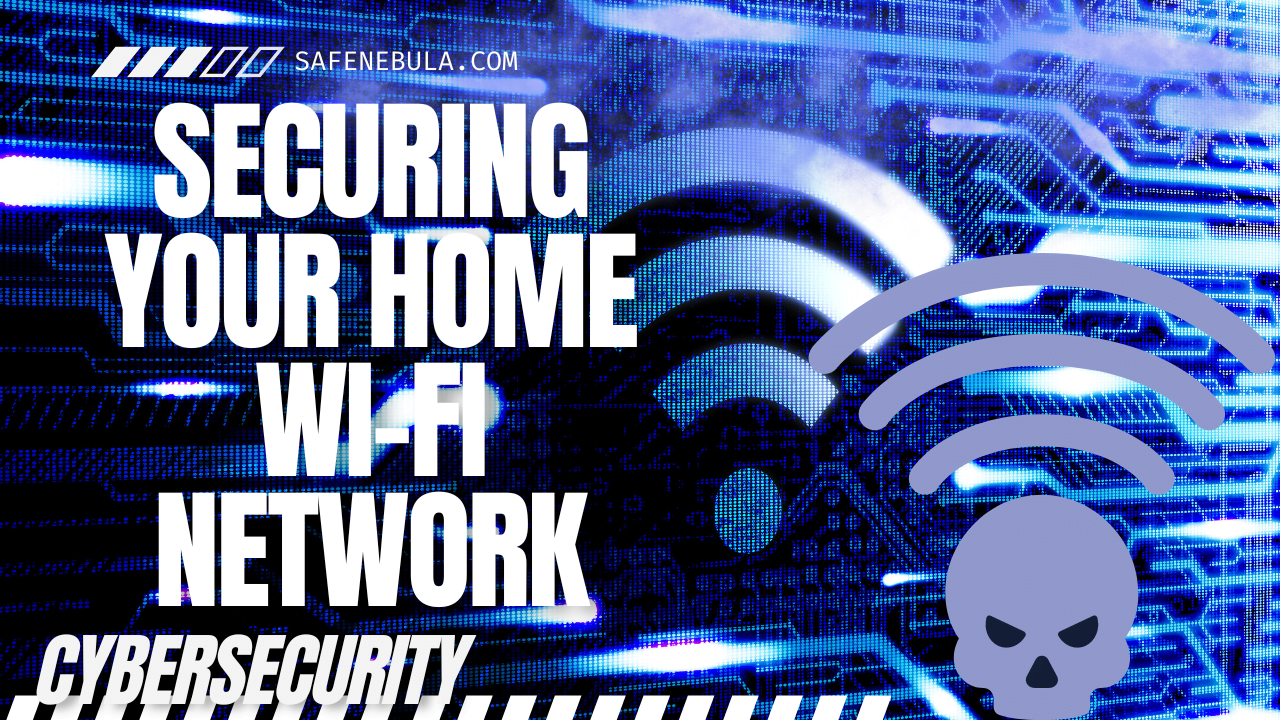In today’s connected world, our home Wi-Fi networks are gateways to personal and professional lives, making them attractive targets for cyber attackers. Securing your home network is essential to protect your online activities from unauthorized access and potential threats. This step-by-step guide will walk you through the process of securing your home Wi-Fi network, including changing default passwords, enabling WPA3 encryption, and setting up guest networks.

Step 1: Access Your Router’s Settings
- Find Your Router’s IP Address: This is often printed on the router itself or available through your computer’s network settings. Common addresses include 192.168.0.1 or 192.168.1.1.
- Log In: Open your web browser, enter your router’s IP address into the address bar, and press Enter. You’ll be prompted to enter a username and password, which is often set to “admin” by default (check your router’s manual for specifics).
Step 2: Change Your Router’s Default Admin Password
- Navigate to the Admin Settings: Look for sections labeled “Administration,” “Settings,” “Management,” or similar.
- Create a Strong Password: Change the default admin password to a strong, unique password. Avoid common words and include a mix of letters, numbers, and symbols.
Step 3: Update Your Router’s Firmware

- Find Firmware Updates: In your router’s settings, look for a section labeled “Firmware,” “Router Update,” or similar.
- Follow Instructions for Updating: If an update is available, follow the on-screen instructions to download and install it. Keeping your router’s firmware up to date patches known vulnerabilities.
Step 4: Enable WPA3 Encryption
- Find Wireless Security Settings: Look for a section labeled “Wireless,” “Wireless Settings,” or “Security.”
- Select WPA3: From the security options, select WPA3 for the most advanced encryption standard. If WPA3 is not available, choose WPA2.
Step 5: Set Up a Guest Network
- Find Guest Network Settings: Look for a section labeled “Guest Network” or similar.
- Enable Guest Network: Follow the prompts to enable a guest network, setting a distinct SSID (network name) and password. This keeps guests’ online activities separate from your main network, enhancing security.
Step 6: Disable WPS and UPnP
- Disable WPS: While convenient, Wi-Fi Protected Setup (WPS) can be a security risk. Disable it in your router’s settings.
- Disable UPnP: Universal Plug and Play (UPnP) can also pose risks by opening ports that might be exploited. Consider disabling it unless you have specific needs for UPnP.
Step 7: Regularly Monitor Your Network

- Check Connected Devices: Familiarize yourself with how to view devices connected to your network. Regularly check this list and investigate any unfamiliar devices.
Conclusion
Securing your home Wi-Fi network is a critical step in protecting your digital life from potential cyber threats. By following these steps to change default settings, enable strong encryption, and keep your router updated, you create a more secure environment for all your online activities. Remember, security is an ongoing process, so regular checks and updates are essential for maintaining a robust defense against cyber risks.
